Tomato companion planting – what to grow alongside tomatoes for a great crop
Learn about the benefits of tomato companion planting and use it to your advantage to ensure a bumper homegrown crop
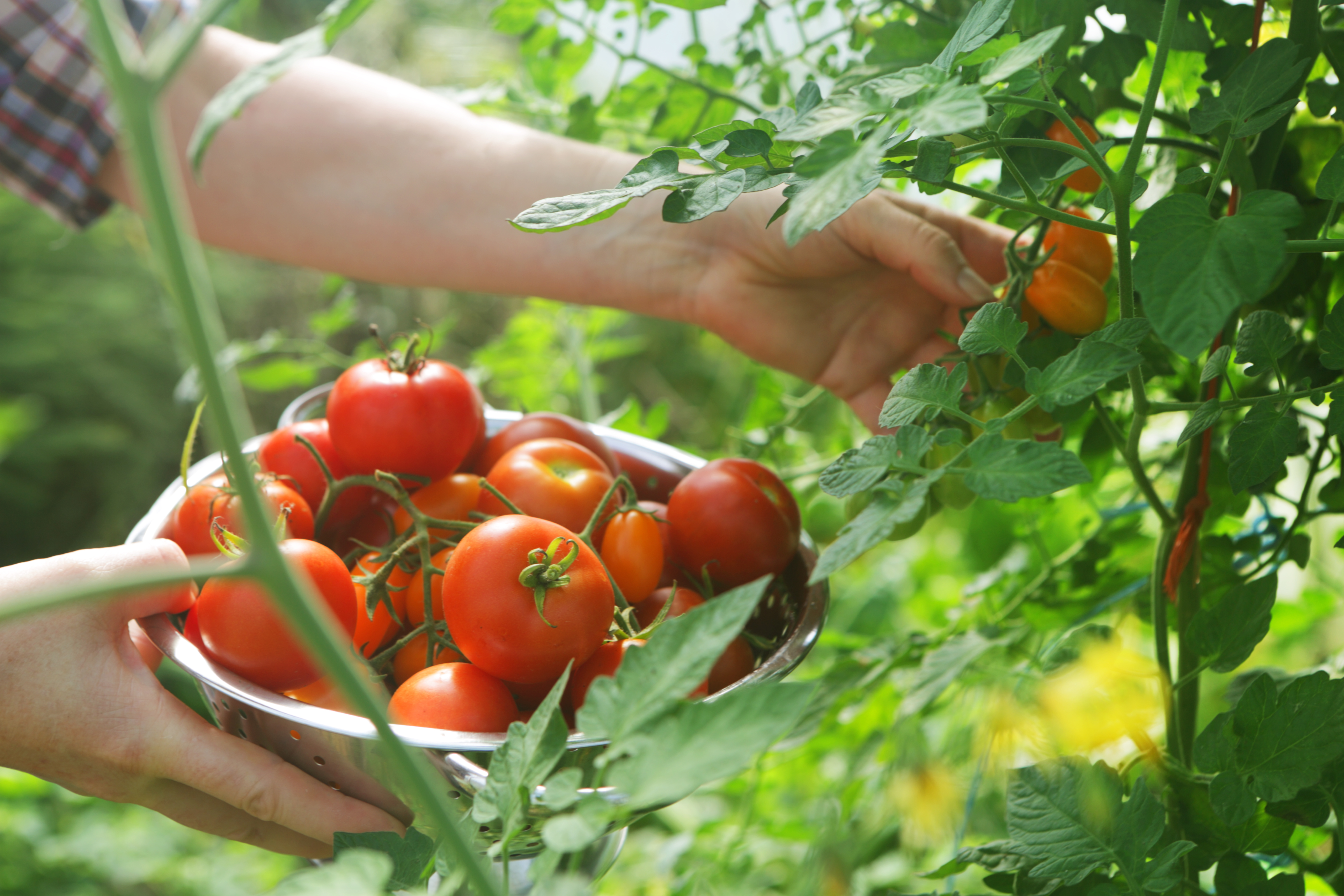

Once you realize the potential benefits of tomato companion planting you can choose the best crops, herbs and flowers to plant alongside tomatoes to help in producing a bigger, healthier and tastier homegrown crop.
Tomatoes are a popular, versatile choice to grow for the summer, for use in salads and cooking. Once you learn that companion planting tomatoes can help to increase your tomato harvest and deter pests, you’ll be well on the way to ensure a great harvest.
The idea of companion planting is simple: it just involves planting two or more different plants next to each other that are known to benefit one another.
It is easy to learn how to grow tomatoes, but it can be so frustrating to see your carefully tended tomato plants attacked by aphids or whitefly, or destroyed by fungal disease.
Whether you choose to grow your crop outside as part of your vegetable garden ideas, in pots on a patio for a vegetable garden container, or under glass when you are planning a greenhouse, companion planting tomatoes can help.
Tomato companion planting – the benefits
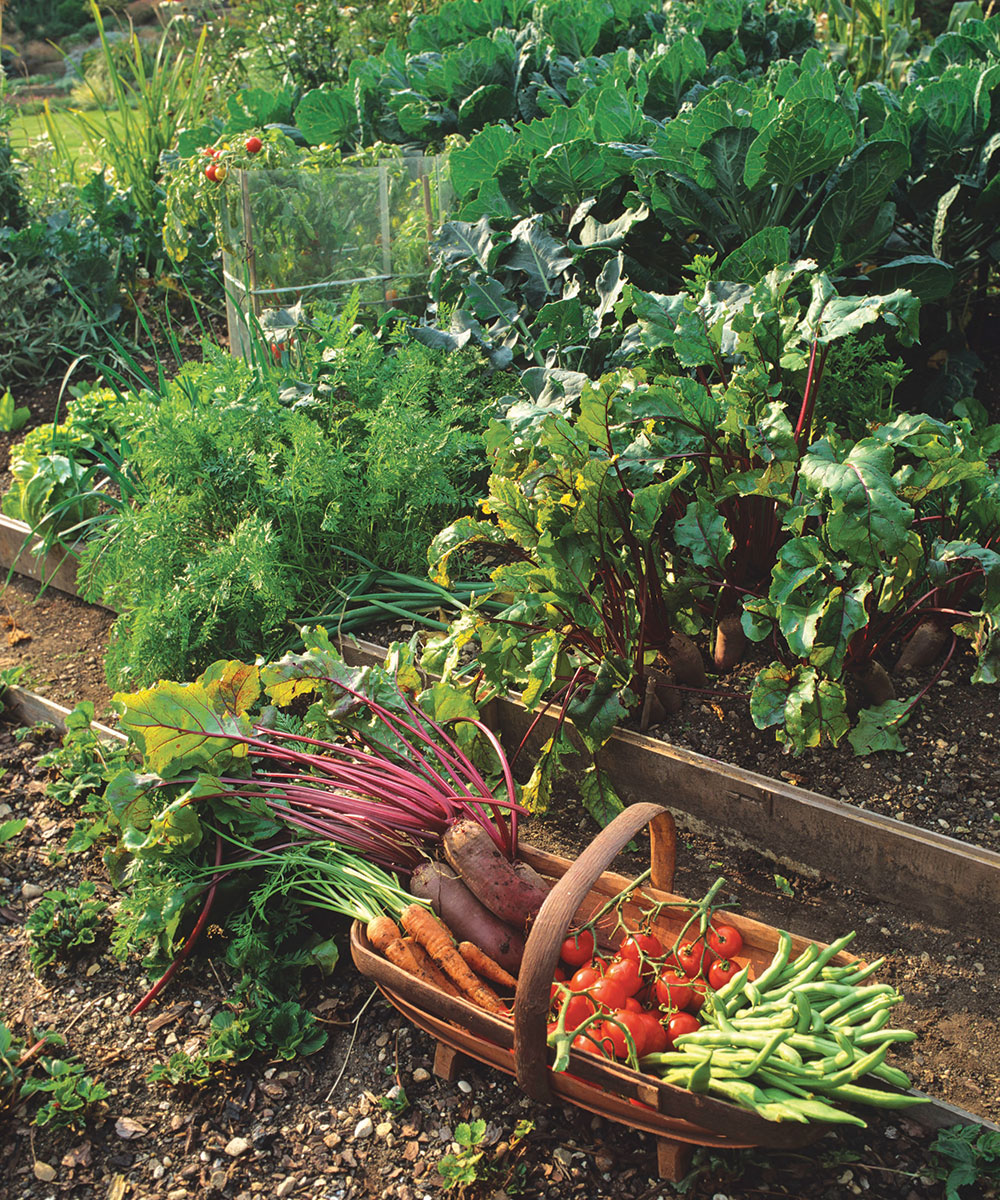
Most of the knowledge around companion planting tomatoes is anecdotal rather than scientifically proven, but it is a case of applying common sense and seeing what works well when planning a kitchen garden.
'I’ve experimented in my veg patch and am pretty convinced that several combinations are worth repeating,' says planting guru Sarah Raven.
Design expertise in your inbox – from inspiring decorating ideas and beautiful celebrity homes to practical gardening advice and shopping round-ups.
'Pruning, vigilant weeding and mulch can help protect and manage tomato plants until it's time to harvest, but choosing the best tomato companion plants can do a lot of the work naturally,' says Ron Finley, gardener and community activist whose gardening project is helping to teach communities in Los Angeles how to grow their own food.
Tomato companion planting with particular neighboring plants and flowers can have a number of benefits. These can include improving and adding to the soil nutrients, luring tomato pests away from plants, or enticing essential pollinators, such as bees and butterflies to the tomato plants. These are all good for permaculture gardening and will help you to create a sustainable garden.
Companion plants can also act to create a better growing environment, whether that is providing beneficial shade, support for growing plants, ground cover or by breaking up the soil.
What to plant with tomatoes to keep bugs at bay
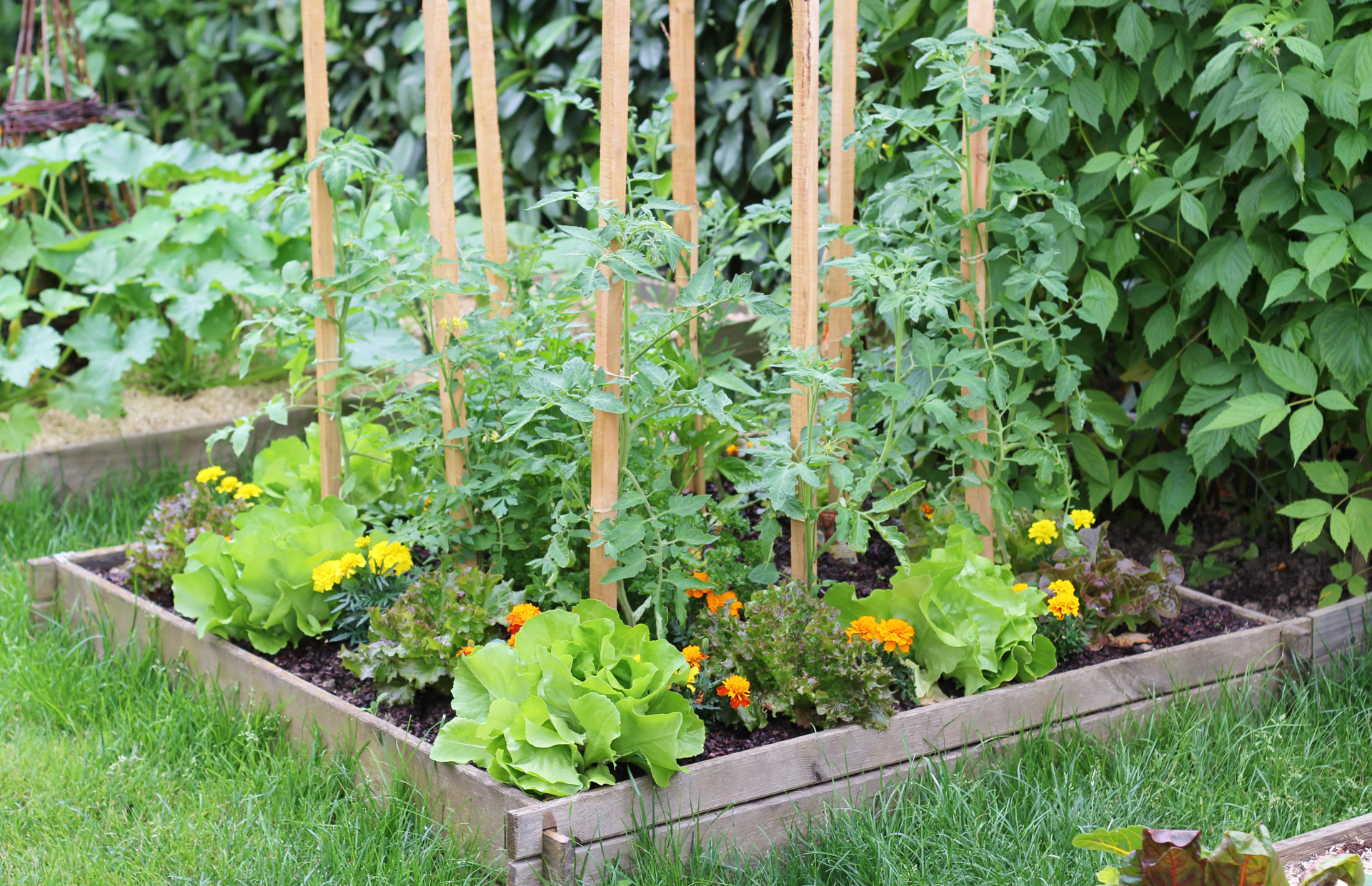
Tomatoes are among the easiest vegetables to grow, but keeping pests off tomatoes can be a challenge as many different types like to prey on the fragrant fruits. Aphids, whiteflies, and other pests like to feed off the nutrients in the tomato plants, leaving them yellow and withered.
Companion planting tomatoes with natural defenders will help to protect them from becoming the feast of pests, and is also a good method for a wildlife garden.
Some companion plants have strong scents that distract or repel pests that could otherwise attack the tomatoes. For instance growing mint helps to repel white cabbage moths, ants, rodents, and aphids, while onion companion planting is known to deter pests with their pungent aroma. Others still can be used as sacrificial, or trap plants, luring the pests to themselves and away from the crops
There are some companion plants and flowers you could include in your productive raised garden beds that attract the predatory insects and creatures that will keep the pest numbers down. Amaranth, for example, play host to beneficial beetles that will eat the bugs that like to prey on your tomatoes. They are also many vining plants you can choose to grow alongside tomatoes for vegetable garden trellis ideas.
Tomato companion planting with vegetables
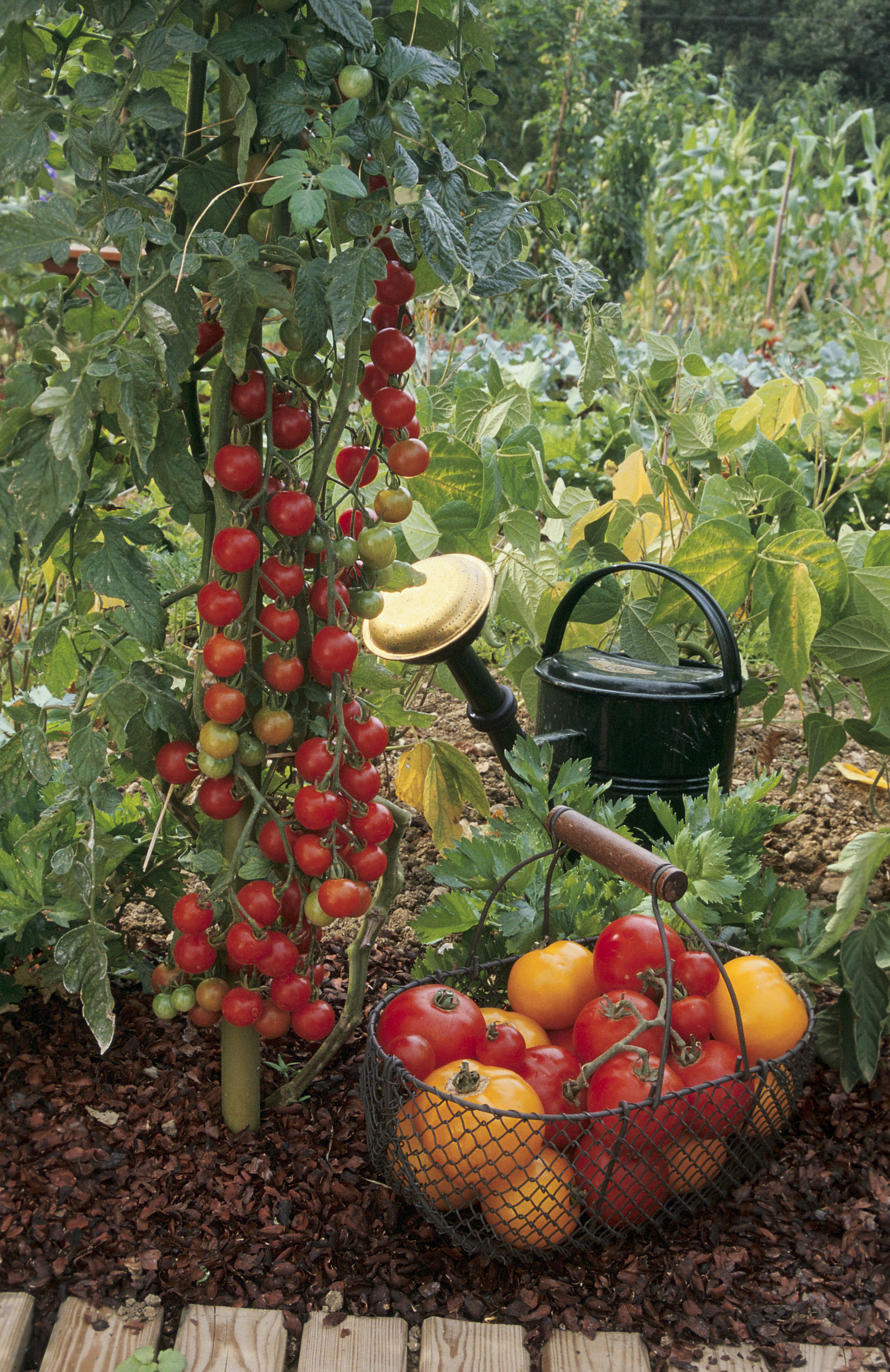
The method of tomato companion planting with a range of different vegetables can have a number of benefits, and if you have a small vegetable garden can make sure you make the best use of space available.
ASPARAGUS 'illustrates the give and take of good companion planting,' says Ron Finley. 'Tomatoes repel asparagus beetles with a chemical called solanine, and asparagus help to clear the soil of root-knot nematodes attracted to tomatoes.'
If you are growing asparagus, then once you have harvested the spears, the bed can be used to grow tomatoes and other companion plants to make good use of the space. Crop rotation is a useful practice for reducing pests and diseases.
LETTUCE can be slotted into spaces between and beneath tomato plants to create ground cover to retain moisture in the soil and reduce weeds. In return, the shade from tomato plants in summer can help stop lettuce bolting and going to seed.
GARLIC is believed to repel spider mites and other pests with its strong smell. As well as growing garlic for tomato companion planting, a trick for a homemade insecticide is burying garlic cloves 1 inch in the ground around tomato plants.
SQUASH, such as if you choose to grow zucchini, require the same growing conditions as tomatoes so work well side by side. Also the spreading form and large leaves of squash create good ground cover, reducing water loss from the soil.
Companion planting tomatoes with herbs
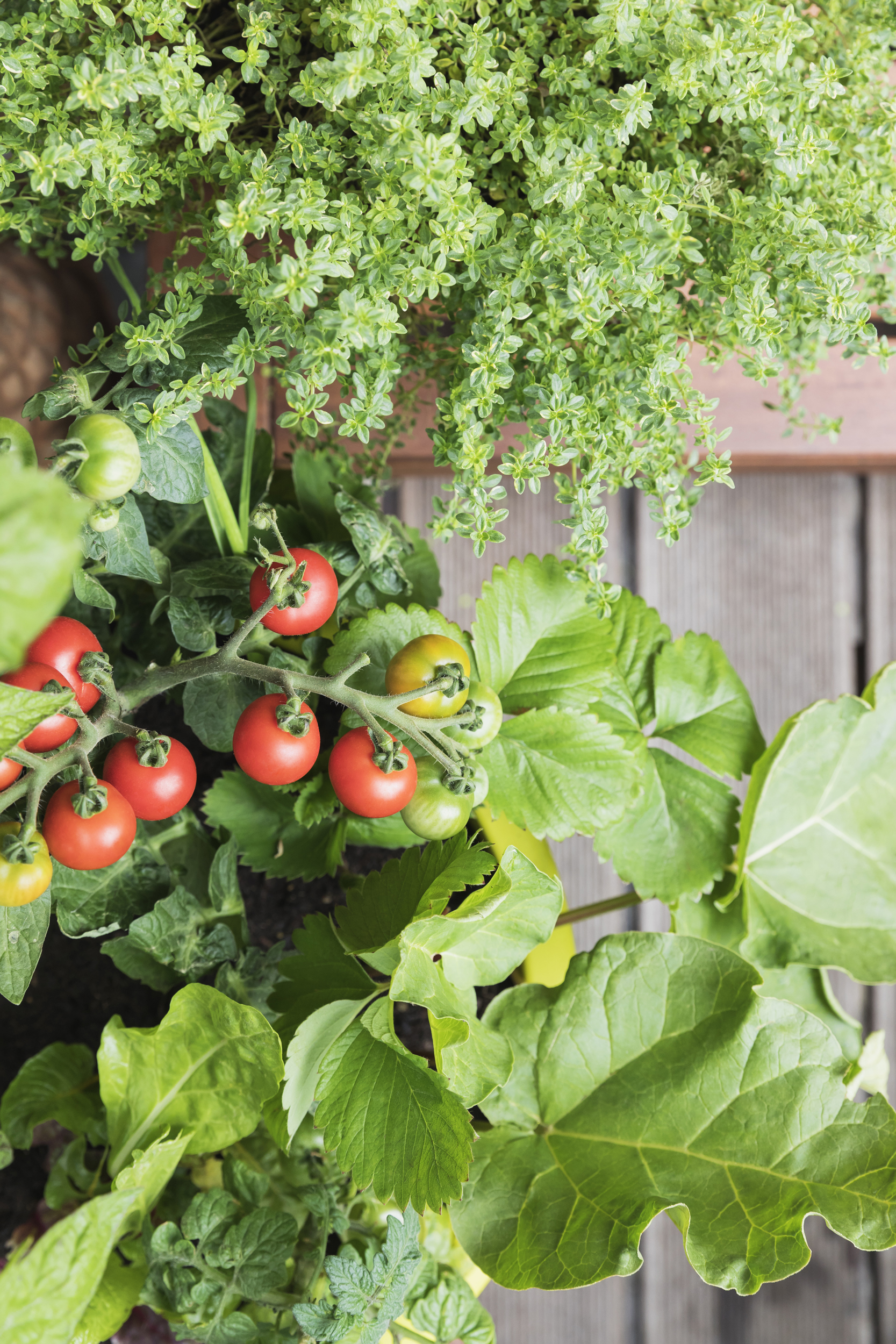
Tomato companion planting with herbs has the added benefit that the herbs are useful in the kitchen. You can dot herbs among crops in the veg patch as part of your herb garden ideas, or grow the crops side by side in pots.
Growing BASIL alongside tomatoes works well as the aromatic herb repels insects, specifically flies and hornworms, and is believed to improve yield and also the flavor of tomatoes.
It will also draw whitefly away from the tomatoes. 'If you ever have basil in a greenhouse, it will be crawling with whitefly long before the tomatoes succumb,' says Sarah Raven.
CHIVES repel aphids, nematodes and mites.
PARSLEY attracts hoverflies that feed off the pests that attack the tomatoes, and also provides ground cover. It is easy to learn how to grow parsley and you can also enjoy it in many dishes.
THYME attracts a range of beneficial insects and also helps to enhance the flavor of the fruit as it ripens. There are many option for how to grow thyme.
If you plant MINT with tomatoes, the herb repels aphids, flea beetles, flies, beetles, moths, caterpillars, and spiders. Growing mint is easy, and it will also attract beneficial insects and pollinators.
Companion planting tomatoes with flowers
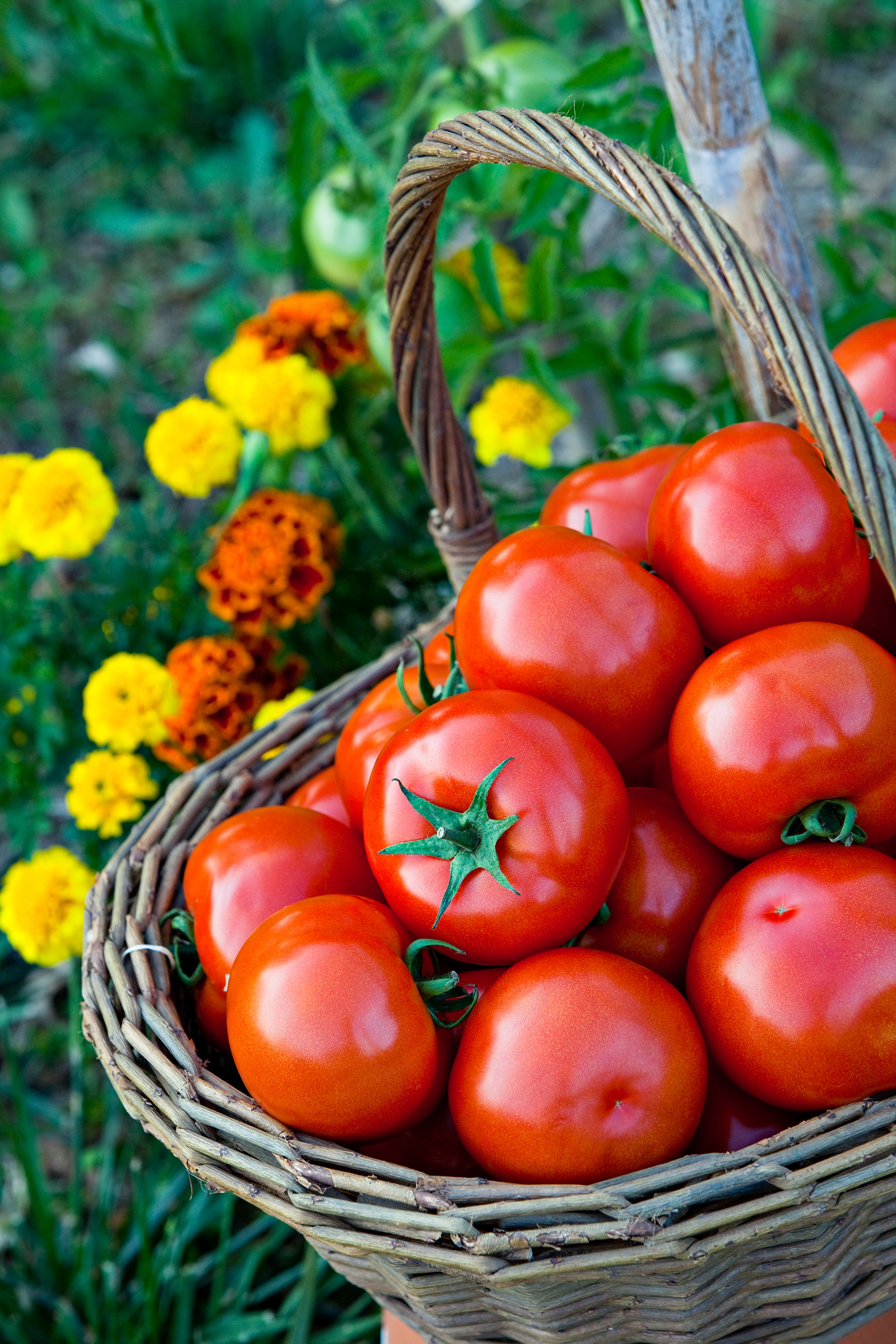
You can add a pretty element to your vegetable plots by tomato companion planting with flowers. Another option is to add the edible crop among the ornamental blooms as part of your flower bed ideas.
There are many plants for pollinators that make great companion plants for tomatoes.
FRENCH MARIGOLDS repel tomato worm, slugs and general garden pests. Growing marigolds and tomatoes together has also been shown to dispel root-knot nematodes – parasites that feed off of the nutrients in a tomato’s root system.
NASTURTIUMS ‘are often used as a sacrificial plant so aphids and and black fly attack them but stay away from your precious vegetables,' says Emma O’Neill of Garden Organic. It's worth knowing how to grow nasturtium as they can also attract beneficial predator insects that will eat the pests.
PETUNIAS look pretty planted close to tomatoes and can also deter a wide range of insect pests. They are among the best fly repellant plants.
COSMOS will lure aphids away from your tomato plants and also attract hoverflies that eat the aphids. A popular option for a cut flower garden, try growing cosmos among your edible crops, too.
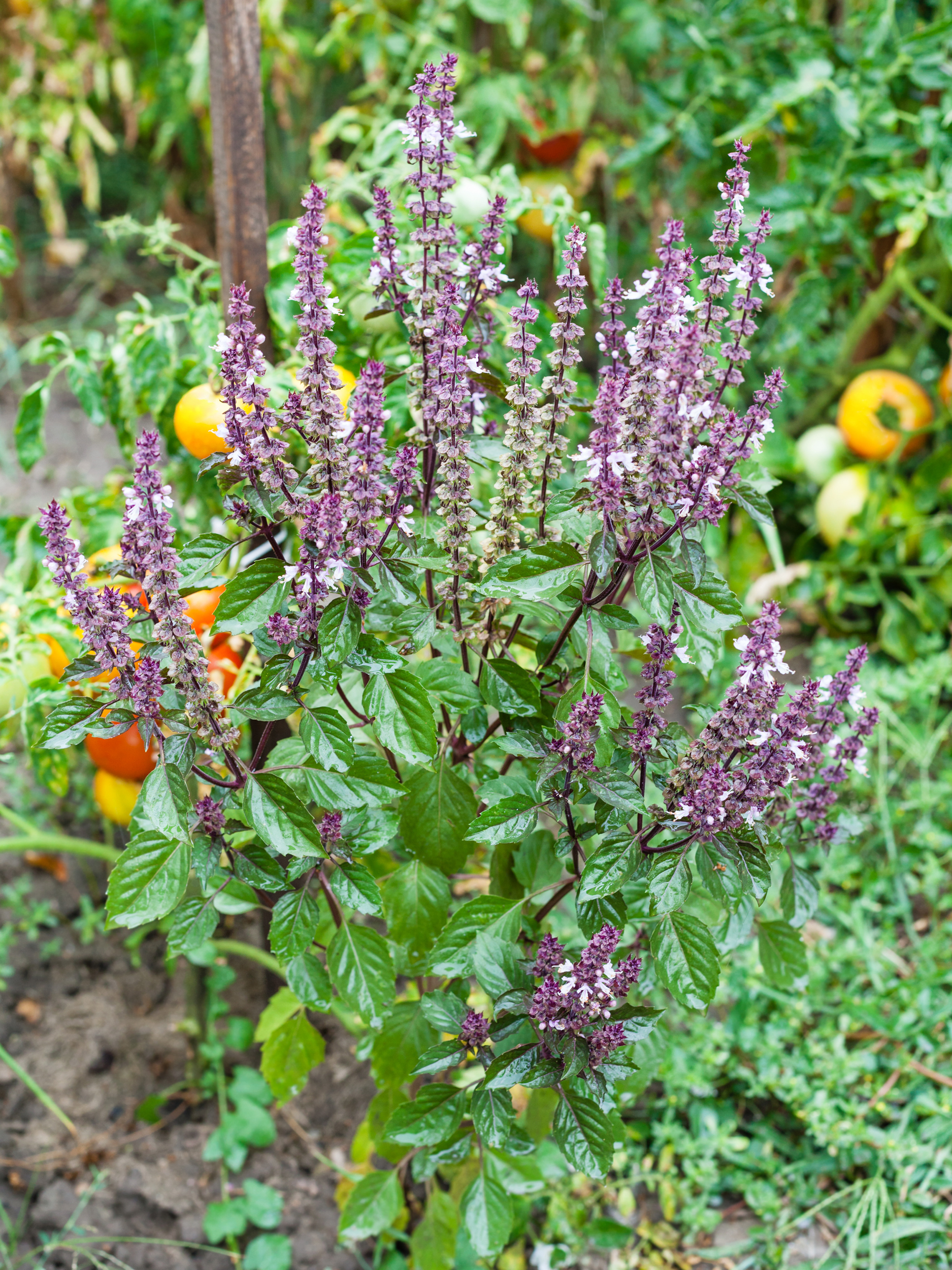
What is a good companion to tomatoes?
There are many plants that are considered excellent companions for tomatoes, and the tomatoes can return the favors to other plants in your garden.
The vegetables, herbs and flowers listed above are all good choices for tomato companion planting.
Why do you plant marigolds with tomatoes?
You plant marigolds with tomatoes because they are fantastic for tomato companion planting.
According to Bob Lawson from Kellogg Garden you should: 'Scatter vibrant marigolds in your vegetable garden. Not only do they add color and cheer, but they can counteract root rot on tomato vines caused by destructive nematodes, tomato worms, and slugs.'
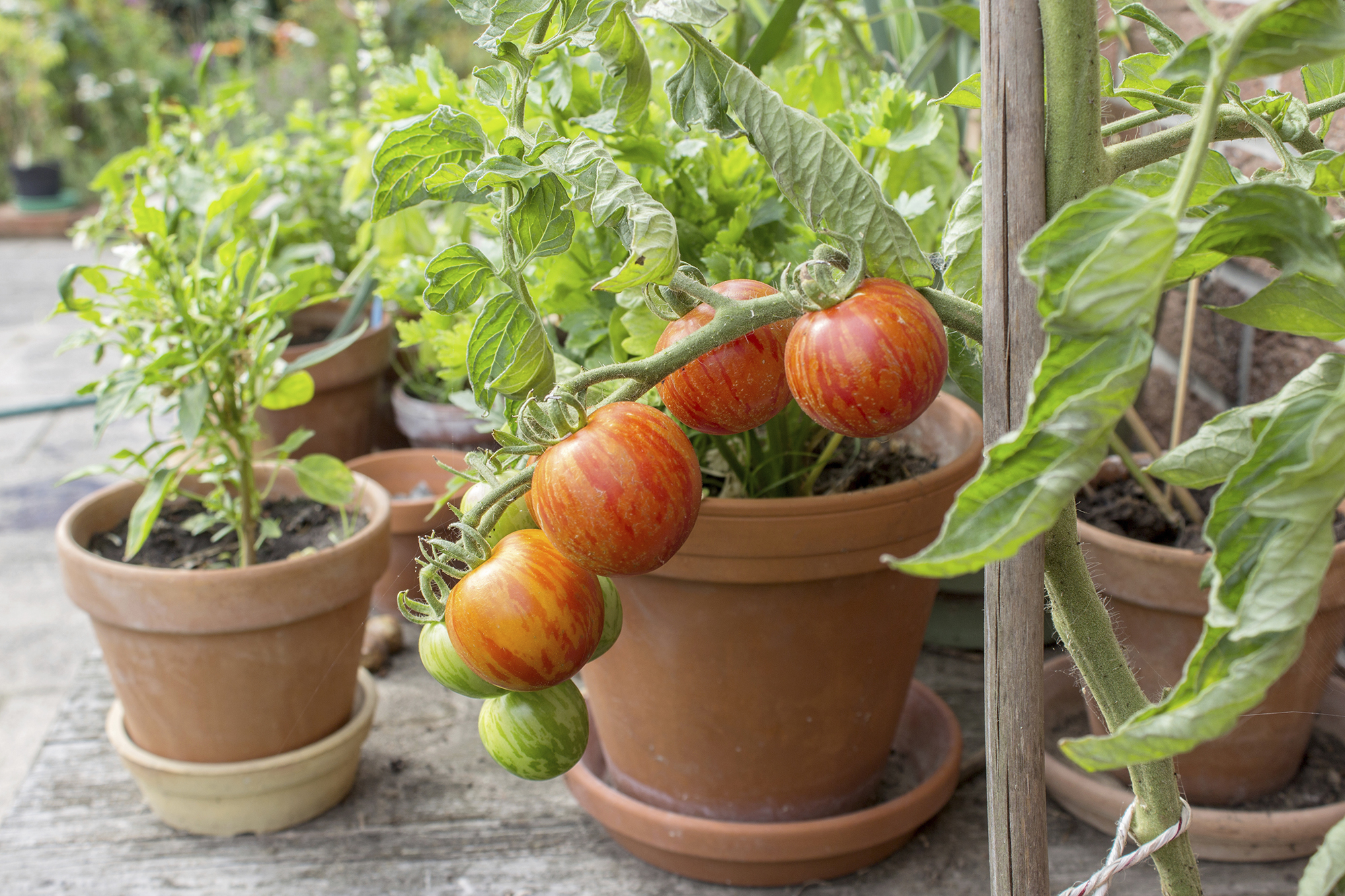
Can two tomato plants be planted together?
Tomato plants will grow happily alongside each other, as long as they have the correct amount of spacing between one another.
Tomato plants should be spaced about two feet from one another in order to allow each plant the ability to receive the nutrients it needs to grow strong. This spacing also helps to protect against fungal diseases such as blight which is easily spread between plants.
Rachel is senior content editor, and writes gardening content for homesandgardens.com, Homes & Gardens magazine, and its sister titles Period Living Magazine and Country Homes & Interiors. She has written for lifestyle magazines for many years, with a particular focus on gardening, historic houses and arts and crafts, but started out her journalism career in BBC radio, where she enjoyed reporting on and writing programme scripts for all manner of stories. Rachel then moved into regional lifestyle magazines, where the topics she wrote about, and people she interviewed, were as varied and eclectic as they were on radio. Always harboring a passion for homes and gardens, she jumped at the opportunity to work on The English Home and The English Garden magazines for a number of years, before joining the Period Living team.
